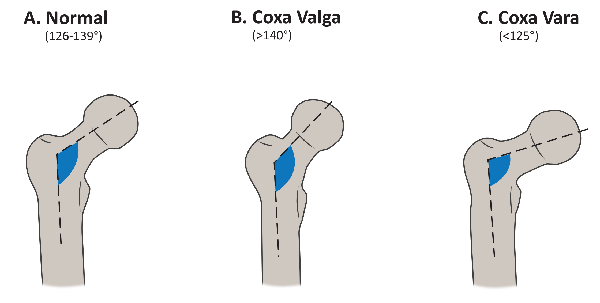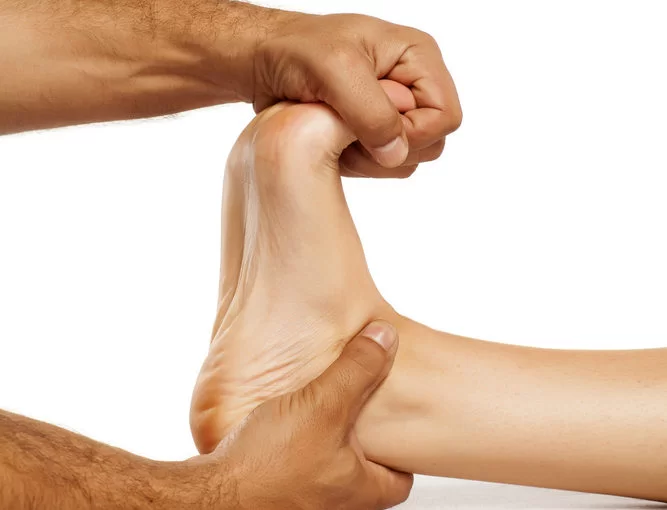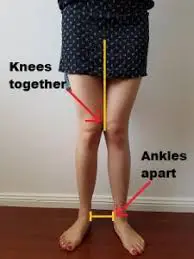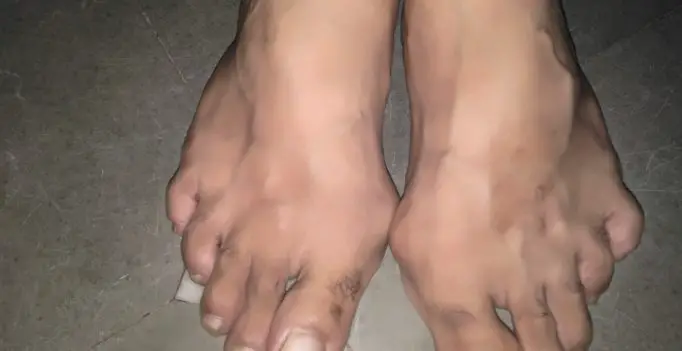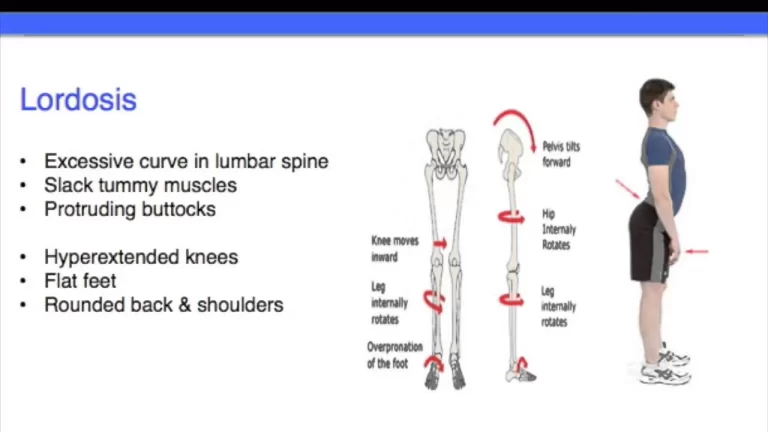Coxa Vara: Deformity in Hip Joint
What is a Coxa Vara? Coxa vara is a deformity of the hip, whereby the angle between the head and the shaft of the femur is reduced to less than 120 degrees. This results in the leg being shortened, and the development of a limp. It is commonly caused by injury, such as a fracture….

